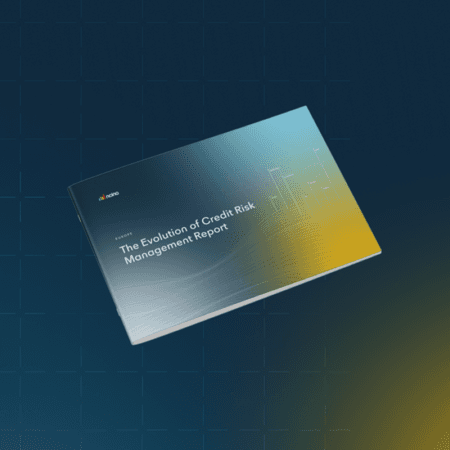To buy or to build? That’s the debate in today’s evolving landscape.
While in-house solutions have been the default approach for traditional banks, technologies like cloud-native solutions and banking-as-a-service platforms make the ‘buy’ option increasingly viable. As a result, banks must understand how to navigate the build versus buy decision in a way that balances both immediate needs and long-term sustainability.
Weighing the Options
When determining whether to build or buy, it’s important to keep three factors in mind: speed, resources, and strategy.
Building is often more time-consuming whereas buying leads to rapid market entry and response. Not to mention, building requires investment in resources to maintain existing systems, a process that can add up. Buying offers banks a more customized and cost-effective solution, allowing them to focus efforts on key differentiators rather than basic functionality.
“Fifth Third isn’t a trillion-dollar bank—I don’t have the IT capital that they have at JPMorganChase, where my counterpart there, Lori [Beer, global CIO of JPMorganChase], has a budget that’s 20x mine [...] And so for us to be nimble, we had to strategically lean into partnerships and do a little bit more buy than build.”
—Jude Schramm, CIO, Fifth Third Bank
A Modern Approach : Buy the Foundations, Build Your Advantage
If financial institutions wish to succeed in today’s dynamic market, pivoting to a hybrid strategy is the best path. Buying foundational components and building strategic differentiators ultimately allows banks to adapt to market changes quickly, optimize resource utilization, and reduce time to market. Partnering with experienced vendors and capitalizing on modern solutions like the nCino Platform makes switching to a hybrid strategy easy.
In the build versus buy debate, success isn’t always about choosing one path over the other—it’s about leveraging the best of both. To learn more about whether building or buying is the right option for your financial institution, download our full white paper now.





